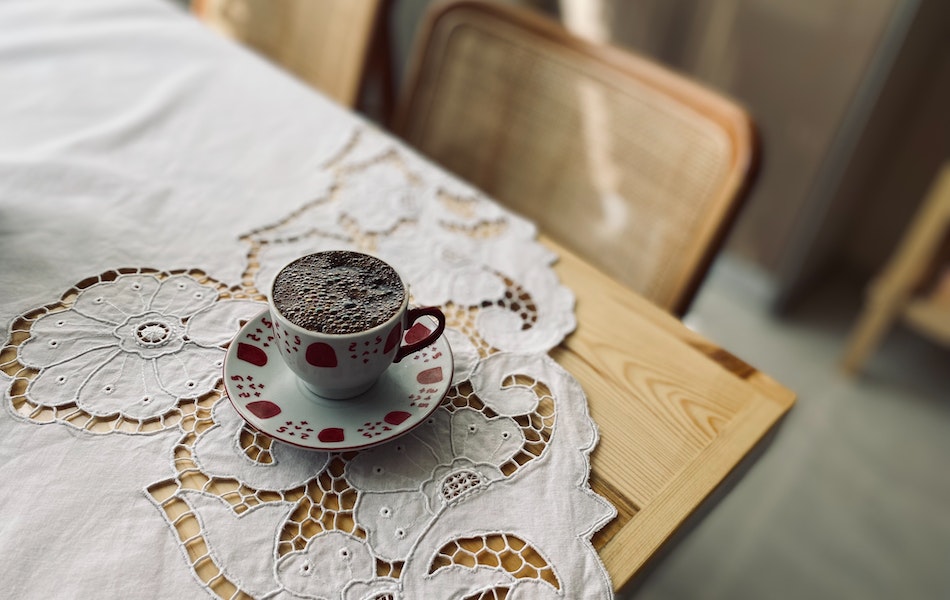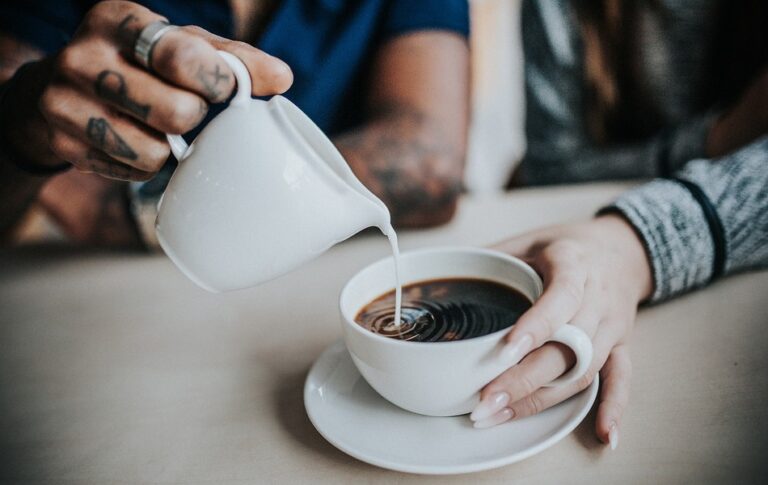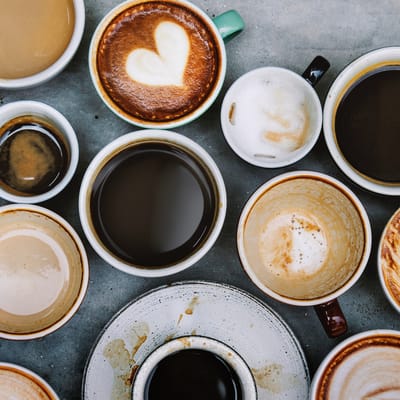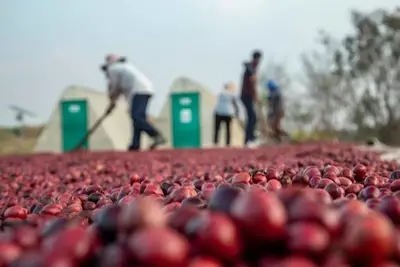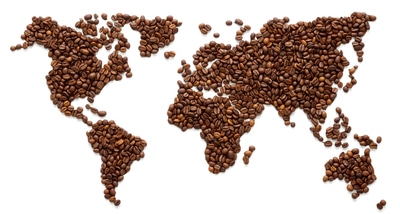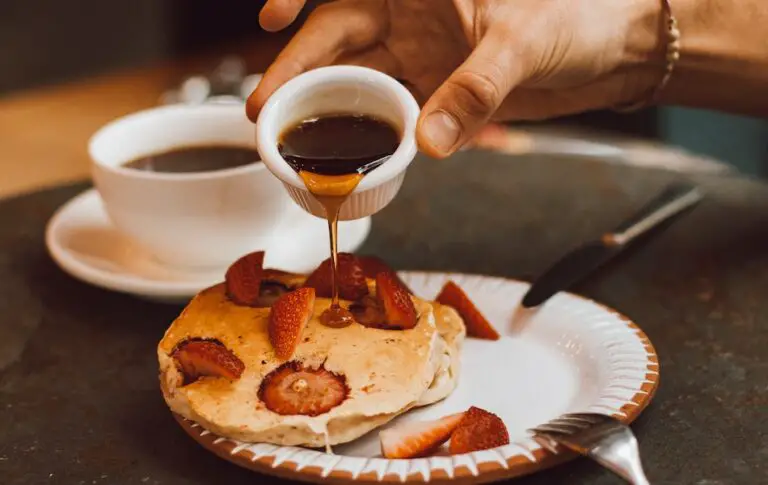Why Does My Coffee Taste Watery?
Black or with milk, a cup of coffee must taste good. However, sometimes your coffee tastes watery despite getting the right ingredients.
Is there something you’re missing?
Coffee can taste watery due to its grind size, brewing pressure, ingredient ratio, and quality of the beans. Even the coffee machine quality can impact the taste. The first step is to know how much coffee you need to make a cup. Sometimes, getting that right is enough to fix the problem.
However, if fixing the coffee weight does not solve the problem, you must look at other factors.
This article will explain the possible reasons for watery coffee and tell you how to brew the perfect cup of joe.
Let’s jump right into it!
Your Water-to-Coffee Ratio May Be Skewed
As mentioned before, getting the water-to-coffee ratio is important. Too much water and not enough coffee make the taste watery even with the proper brewing or extraction time.
Generally, a ratio of 4:1 or 6:1 works well to brew coffee. It means you use one teaspoon (4.92 ml) of coffee for every four or six ounces (118.29 to 177.44 ml) of water.
If you want the coffee to have a strong flavor, you can add half (2.46 ml) or even a whole teaspoon (4.92 ml) more.
I recommend using two teaspoons (9.85 ml) of coffee for the French press and one (4.92 ml) for drip coffee machines.
Your Brewing Time May Be Too Short

Brewing time is an important element. How long you brew your coffee determines the taste.
If you reduce the brew time, you may not find that caffeine taste because the water will not have enough time to extract the flavor.
With a French press, a brewing time of about three to four minutes is good enough if you use a fine grind.
The brewing time goes up to five minutes if you have a drip coffee maker. If you have an espresso machine, the extraction time is between 25 to 30 seconds.
Even though you can use an espresso machine to make simple coffee, a coffee maker is better.
The reason is the grind size and the pressure of the machine.
Fine grind size can result in over-extraction, and a coarse grind size can give you a watery coffee.
You May Be Using the Wrong Coffee Grind Size
We have said much about the grind size. Let’s see what it is.
Grind size is the size of the coffee beans you get after grinding them. The grind size is fine when your coffee beans look like a fine powder.
When the size of the ground coffee is slightly bigger, the grind size is coarse.
Fine grind size is better for brewing coffee because it allows water to extract more flavor.
If the size is too coarse, the water will seep through quickly and not extract enough flavor, making the taste watery.
Why does size matter?
Water extracts flavor from coffee when it comes into contact with it. However, it needs some time for extraction.
When the coffee size is coarser, there is enough space between the coffee particles for water to pass through faster.
So, the water does not get enough time for extraction. In contrast, finely ground coffee is denser and does not give enough space to the water.
The Quality of Your Coffee Beans Matters

Water extracts flavor and caffeine from coffee. However, when coffee does not have enough caffeine, the extracted fluid will give you a watery taste.
Therefore, even when you use the proper water-to-coffee ratio, the coffee will taste watery.
The lack of caffeine could be due to any of the following:
- You are using a darker roast with more flavor but less caffeine concentration.
- You are using instant coffee, which does not have enough caffeine content.
- You are using decaf coffee.
- The water for brewing is not hot enough.
Your Water Temperature May Be Too Cool
The water brewing coffee must be hot enough to extract caffeine from the ground beans. If the water cools down before you add it to the pot and is not hot enough, it will extract a watery coffee.
The average temperature is between 195 °F to 205 °F (90.55 °C to 96.11 °C). Water temperature lower than this will not give you enough flavor, and higher may make your coffee too bitter.
Your Coffee Beans May Be Too Old
If your coffee is stale or old, it may make your coffee watery. Fresh beans pack more punch and taste better.
Old beans do not lose caffeine, but their flavor goes away.
So, you will get the caffeine hit but without the taste.
It is better to buy a smaller pack if you do not use coffee daily. You must also store it in an air-tight container to retain the freshness for as long as possible.
How To Brew Coffee Correctly
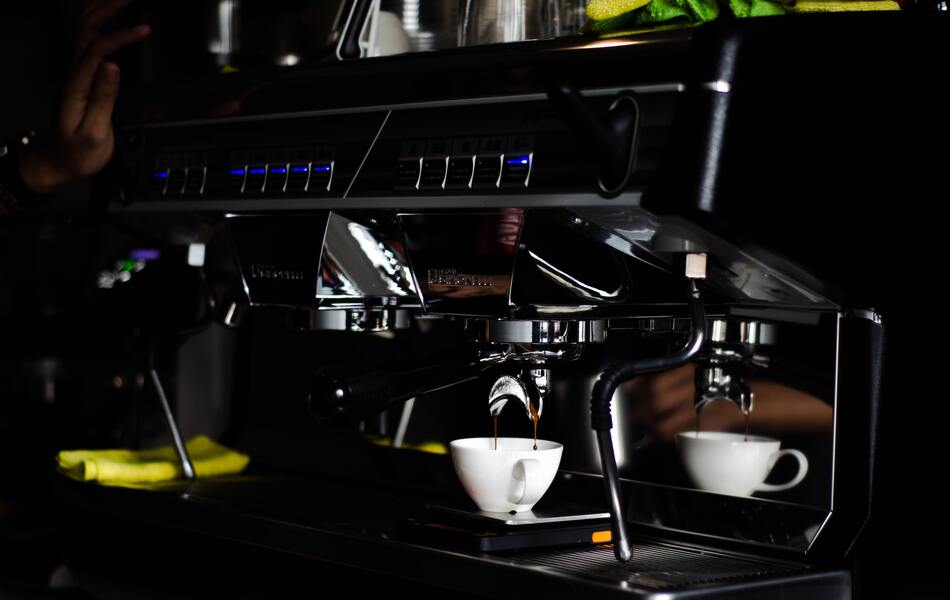
I have discussed all the possible factors that can make your coffee watery. Now, let me tell you how to make a good cup of coffee with the right flavor.
- First, set up the pot. Then, properly install the coffee filter.
- Grind the coffee beans, so they have the same consistency. Do not make it too fine or coarse.
- Use the right amount of coffee. Remember the 4:1 or 6:1 water-to-coffee ratio? If you want your coffee to be a bit stronger, add 1.5 (7.39 ml) or even two teaspoons (9.85 ml) of coffee. Put the coffee in the pot.
- Boil the water to the right temperature, but do not immediately pour it into the pot over the coffee. You must wait for 30 seconds before pouring.
- Now pour the water into the pot, but not all of it. Just pour enough to soak the coffee. Now, wait a few seconds – about 30 seconds – and pour the rest of it. This will extract the maximum flavor.
Once your coffee is ready, do not wait too long. Enjoy your cup within 30 minutes of brewing.
Which Is Better: French Press or Drip Coffee Makers?
Your coffee maker can also impact the flavor, especially if you are a coffee connoisseur. Even though it is a personal choice, many prefer the French press taste to drip coffee makers.
Let’s compare the two:
Automated vs. Manual
Many coffee experts believe that drip coffee makers cannot “get everything right.”
The machines are mostly automated and may have faults like temperature and pressure control, poor water distribution, etc.
A French press allows you to control these things manually and, therefore, can be more accurate.
The Time Factor
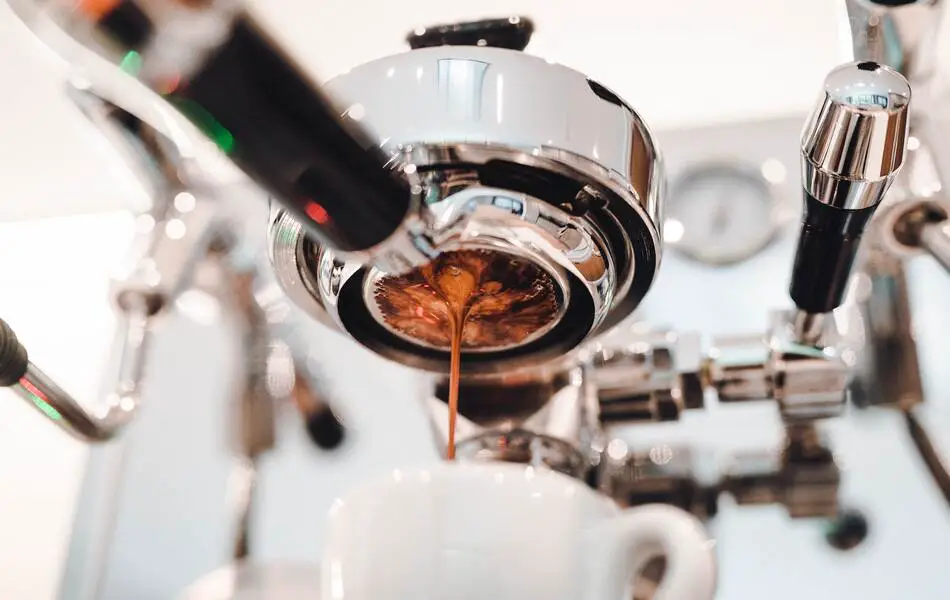
Even though the French press is manual, it may prepare your coffee faster. You need a couple of minutes to boil the water and then three to four minutes to brew your coffee.
It means your coffee may be ready in six to eight minutes.
Drip coffee makers may take a minimum of five and a maximum of ten minutes. You must wait for the coffee maker to heat up first.
Next, wait for the machine to brew your coffee. The last step is dripping the coffee into the cup, which also takes some time.
Coffee Quantity
This is one area where the drip coffee makers are ahead. An average French press can make two to four cups (473.17 to 946.35 ml) of coffee.
So, if you want to serve more, you must have more than one brewing round.
Drip coffee makers can make up to 12 to 14 cups (2.83 to 3.31 l). The quantity is why you see drip coffee makers in offices and public places.
Drip Coffee Makers Are Less Forgiving
If your coffee grind is too fine or coarse, it will impact the flavor and robustness of your coffee.
A French press is slightly more forgiving because it uses coffee beans that are a relatively coarser grind size.
Therefore, you do not have to be too precise while grinding your coffee beans.
Conclusion
Watery coffee is not rare, especially if you are not an expert at making it. However, getting the flavor right is not rocket science either.
You must know the correct water-to-coffee ratio, brewing time, and temperature.
If you think you cannot grind the coffee yourself, get the right grind size from the market.
Sources
- Drink Trade: Today’s Tiny Lesson: Brew Time
- The Kitchn: Everything You Need to Know About Drip Coffee Makers
- Clive Coffee: How Coffee Extraction Works
- Level Ground: Understanding the Basics of Coffee Grinds
- Full Coffee Roast: Can I Use Regular Coffee In An Espresso Machine?
- Real Good Coffee Co: What Is the Coffee Grind Chart?
- Java Presse: The Difference Between Light, Medium, And Dark Roast Coffee
- Eleven Coffees: Glass vs Stainless Steel French Press: Which Is Best for You?

